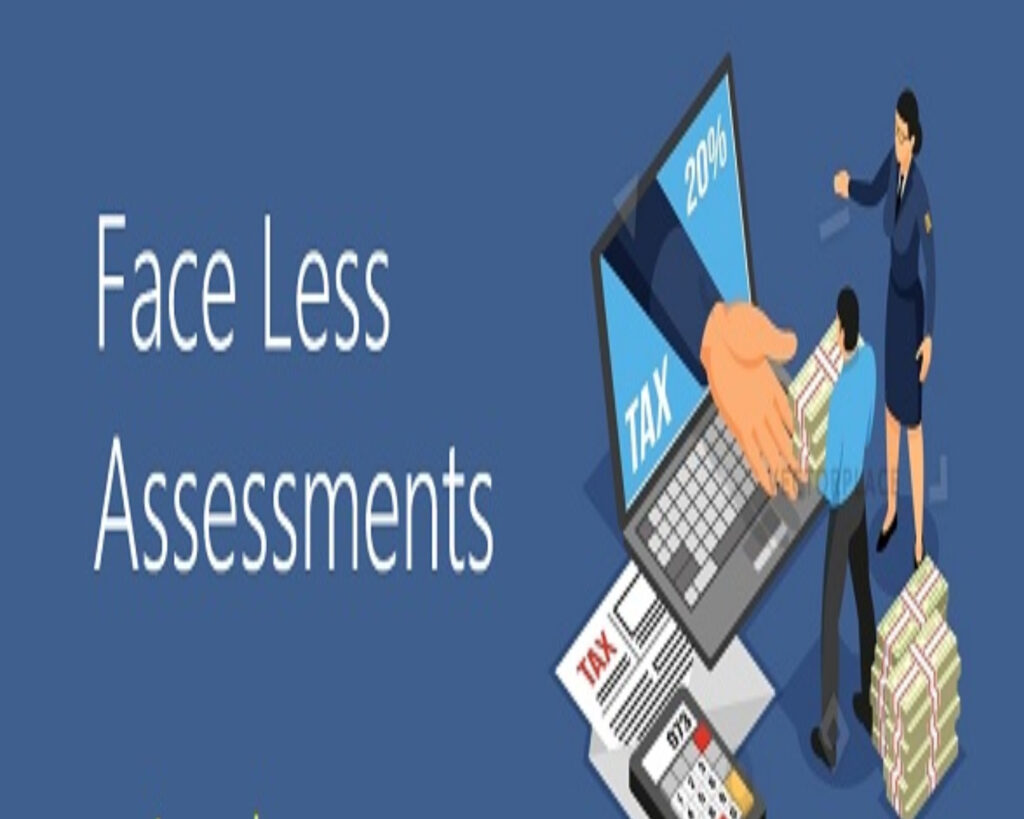What are Major Changes with Faceless Assessment? Will it Actually Help Taxpayers or Add Any Woes?

Every administrative department of the government is on the road to digitalization. Old practices are now being done online to achieve efficiency, and optimally utilize the resources. The income tax department, too, has stepped an inch forward in this regard and has come up with an E-assessment scheme. This scheme has received a nod by the central government in the Union budget of 2019. E-assessment is nothing but an electronic means of assessing tax-related matters that were earlier done in physical mode. It is also called Faceless Assessment.
Features of Faceless Assessment
- Taxpayers will be randomly chosen for taxation by using AI and data analytics.
- Territorial jurisdiction will be eliminated. Jurisdiction can be done dynamically from anywhere.
- Cases will be automatically and randomly allocated among the assessing officers.
- Every notice by the Income Tax Department will have a computer-generated DIN (Document Identification Number) to ensure authenticity.
- You will not be required to go to the Income Tax Office. Everything will be done online.
- Assessment will be team-based to ensure transparency. One city will pass the assessment order, the second city will review it, and a third city will finalize it.
- Faceless assessment will utilize only 2/3rd of the time and resources that were required in physical assessment.

Advantages of Faceless assessment
- The new model will reduce personal bias, corruption and harassment by the Tax Officers as there will be no interaction between an assessee and the Assessing Officer.
- Digitalization will reduce the time and resources required in the documentation, communication, etc.
- It will reduce the time bracket between issuance of notice and receipt of compliance by the assessee.
- Assessment proceedings will be done at a faster rate.
- Digitalization will standardize orders, reports and proceedings for quick disposal of assessment cases.
- The automated process will potentially improve tax collection.
- An assessee can comply easily anytime and from anywhere as the portal will be accessible 24×7 and supported by a dedicated cloud server.
Disadvantages of Faceless assessment
- Uneducated assessees may find it challenging to get the hang of the digital process. Also, the personal touch lacks in the proceedings.
- Confidential and technical submissions may lack authenticity. Also, there could be instances where confidential files are exposed to unknown receivers.
- Difficulty in understanding will arise if an officer who is well versed in the respective jurisdiction is handed the case of a different jurisdiction.
- Some technical glitches (spam emails, limitation of file size) may make it hectic for an assessee to comply with the assessment.
- Assessees have to continuously follow up and keep their profiles updated on the designated portal.
To conclude:
Although there are certain drawbacks to this scheme, they are overshadowed by its upsides. The provision of Faceless assessments is an ideal step in ensuring transparency in the process and freeing it from undesirable practices. Overall, Faceless assessment will be a catalyst for tax collection in the long run.


 ITAT Amritsar: No Section 269SS Violation for One-Time Cash Payment Before Sub-Registrar
ITAT Amritsar: No Section 269SS Violation for One-Time Cash Payment Before Sub-Registrar  Tax Officials Unleash Digital Dragnet: How New Raid Powers Redefine Privacy, Property Rights in India and likely to Fuel Corruption
Tax Officials Unleash Digital Dragnet: How New Raid Powers Redefine Privacy, Property Rights in India and likely to Fuel Corruption  Income Tax Department Rewards for Reporting Tax Evasion: A Comprehensive Guide
Income Tax Department Rewards for Reporting Tax Evasion: A Comprehensive Guide  Forfeiture of Gratuity by Employer- What are the Remedies for an employee- Can employer be challenged?
Forfeiture of Gratuity by Employer- What are the Remedies for an employee- Can employer be challenged?  Employer can forfeit gratuity of an employee in case of moral turpitude
Employer can forfeit gratuity of an employee in case of moral turpitude  Diving Deeper: The Impact of the New Tax Bill on Dairy and Farming Income
Diving Deeper: The Impact of the New Tax Bill on Dairy and Farming Income